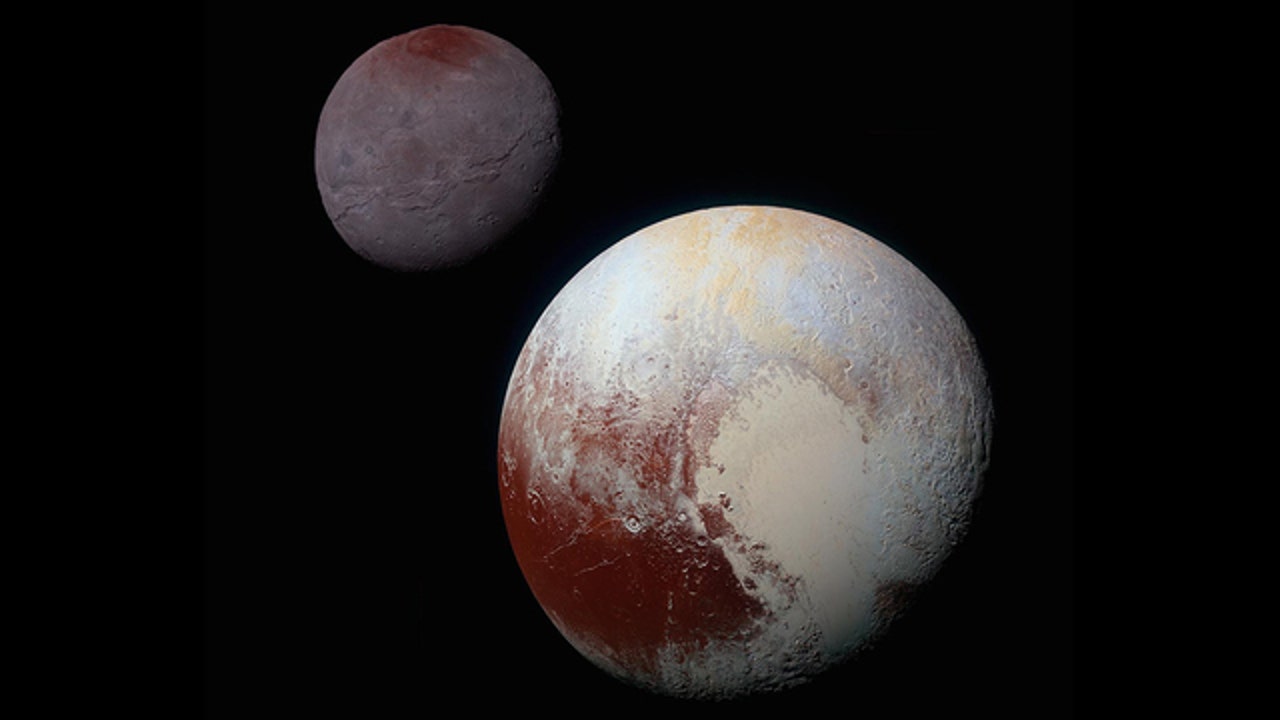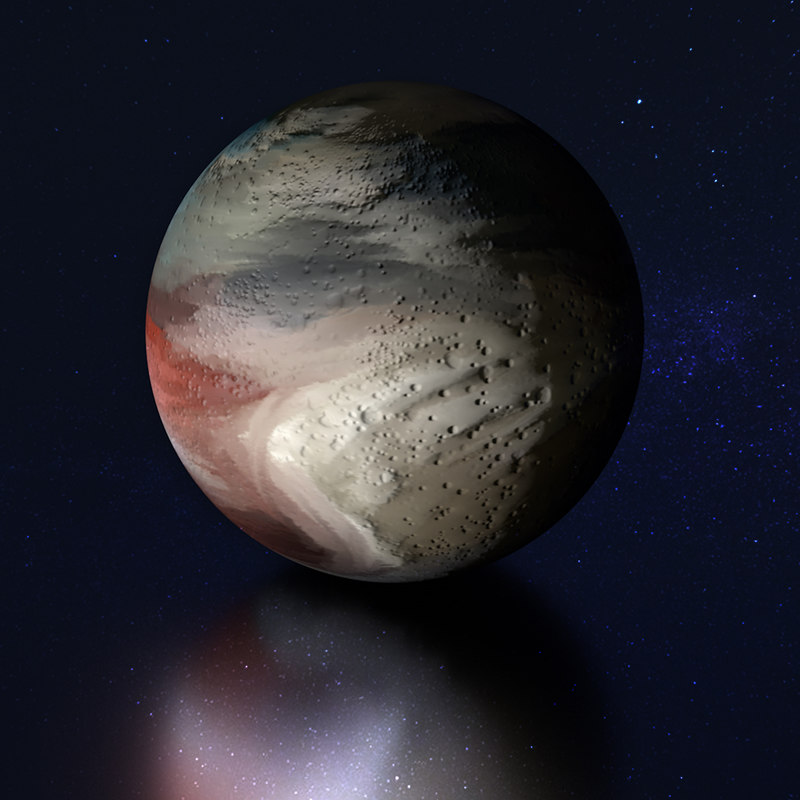
Pluto, the once ninth planet in our solar system, was discovered as a dwarf planet in 2006. But the story of Pluto's discovery goes back much further than that.
The Discovery of Pluto

The search for Pluto began in the early 1900s when astronomers noticed a discrepancy in the orbit of Uranus. This led to the discovery of Neptune in 1846. However, the orbit of Neptune still had some discrepancies. This led to the prediction of another planet beyond Neptune, which was later named Pluto.
The Initial Classification of Pluto

Pluto was initially classified as the ninth planet in our solar system when it was discovered in 1930 by astronomer Clyde Tombaugh. For over 75 years, Pluto was considered a planet until its classification was changed in 2006.
Why Was Pluto Reclassified?
In 2006, the International Astronomical Union (IAU) reclassified Pluto as a "dwarf planet". This was due to the discovery of other similar objects in the Kuiper Belt, a region of the solar system beyond Neptune that contains many icy objects. The IAU defined a planet as an object that orbits the sun, is round in shape, and has cleared its orbit of other debris. Pluto did not meet this last requirement, as it shares its orbit with many other similar objects.
What is a Dwarf Planet?

A dwarf planet is a celestial body that orbits the sun, is round in shape, but has not cleared its orbit of other debris. There are currently five recognized dwarf planets in our solar system: Pluto, Ceres, Haumea, Makemake, and Eris. These bodies are still considered important objects in the study of our solar system, despite not being classified as planets.
Pluto's Characteristics
Pluto has a very eccentric orbit, meaning it is not a perfect circle. Its orbit is also tilted in relation to the other planets in our solar system. Pluto has a rocky core and a mantle made of water ice. It has five known moons, the largest of which is Charon.
The New Horizons Mission
In 2015, the New Horizons spacecraft made a flyby of Pluto, providing us with the first detailed images of the dwarf planet. The mission revealed many new features of Pluto, including mountains, glaciers, and a tenuous atmosphere. The mission also provided us with valuable information about the Kuiper Belt and other icy objects in our solar system.
The Legacy of Pluto

Although Pluto is no longer considered a planet, it remains an important object in the study of our solar system. The reclassification of Pluto sparked a debate among scientists and the general public about what constitutes a planet. The New Horizons mission provided us with valuable information about Pluto and its surroundings, and there is still much to learn about this fascinating dwarf planet.
Conclusion
In conclusion, Pluto was discovered as a planet in 1930, and was classified as the ninth planet in our solar system for over 75 years. However, it was reclassified as a dwarf planet in 2006 due to its orbit and the discovery of other similar objects in the Kuiper Belt. Despite its reclassification, Pluto remains an important object in the study of our solar system, and the New Horizons mission provided us with valuable information about this fascinating dwarf planet.